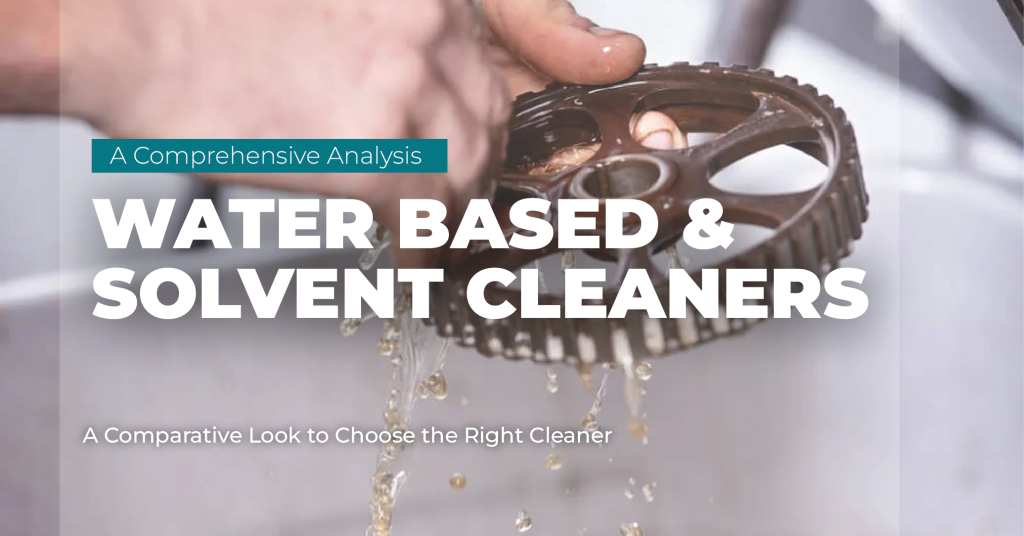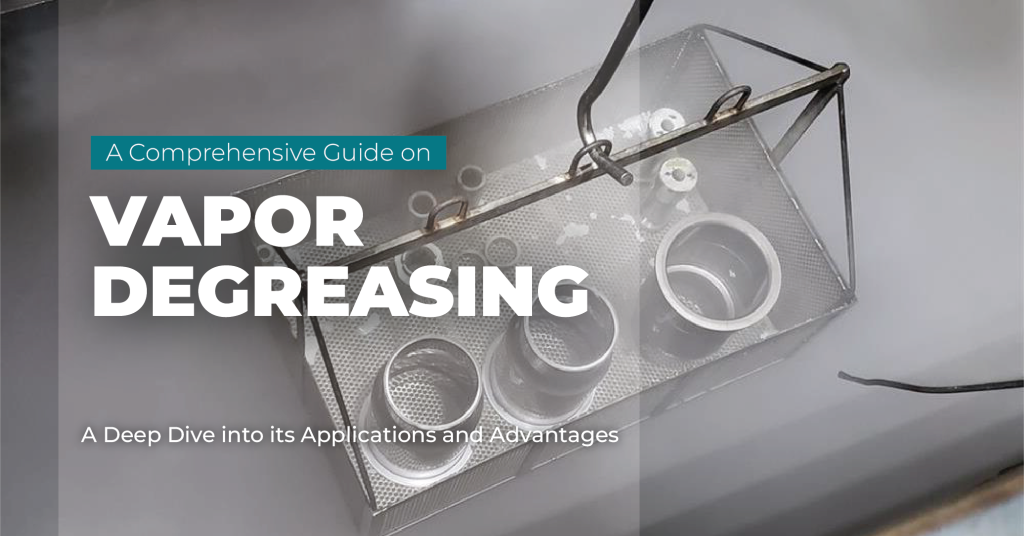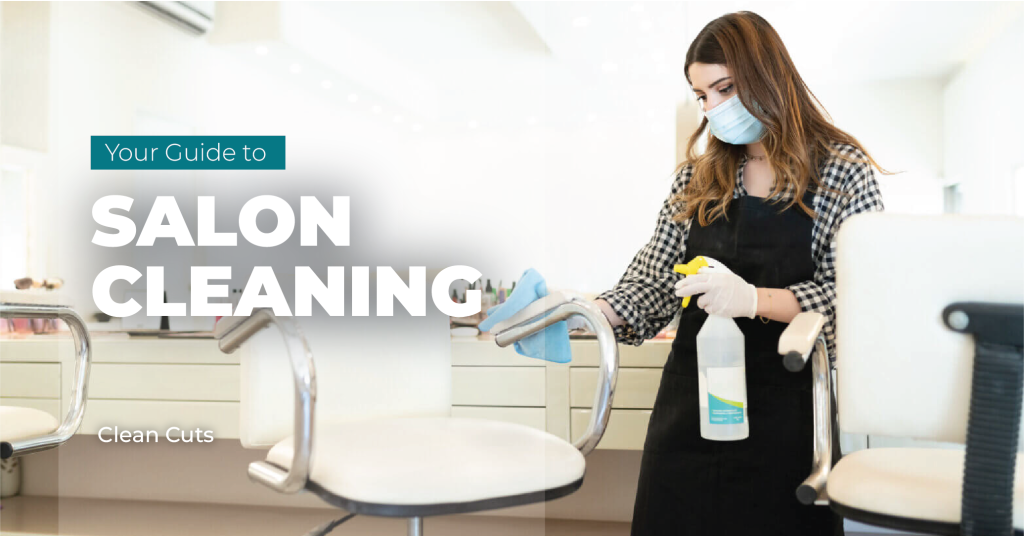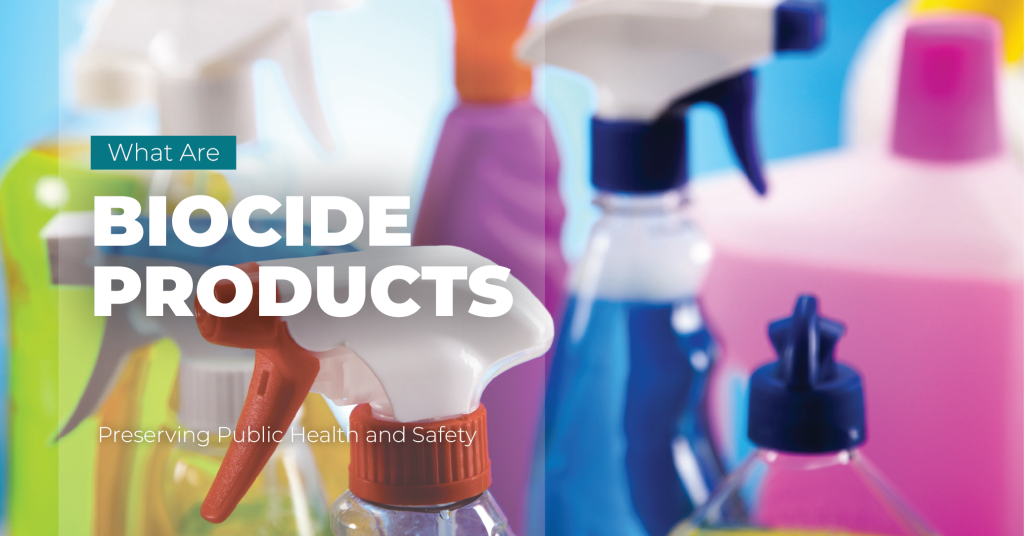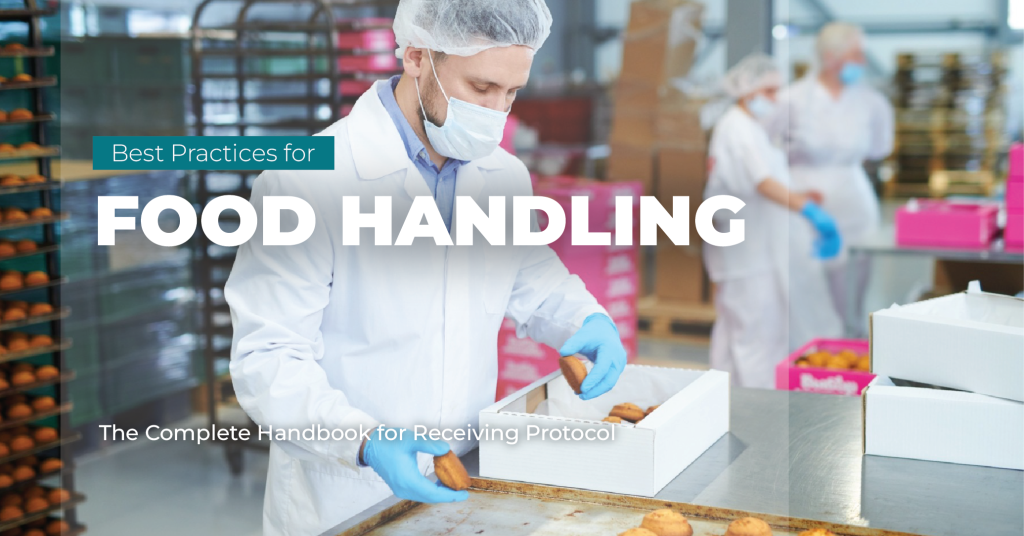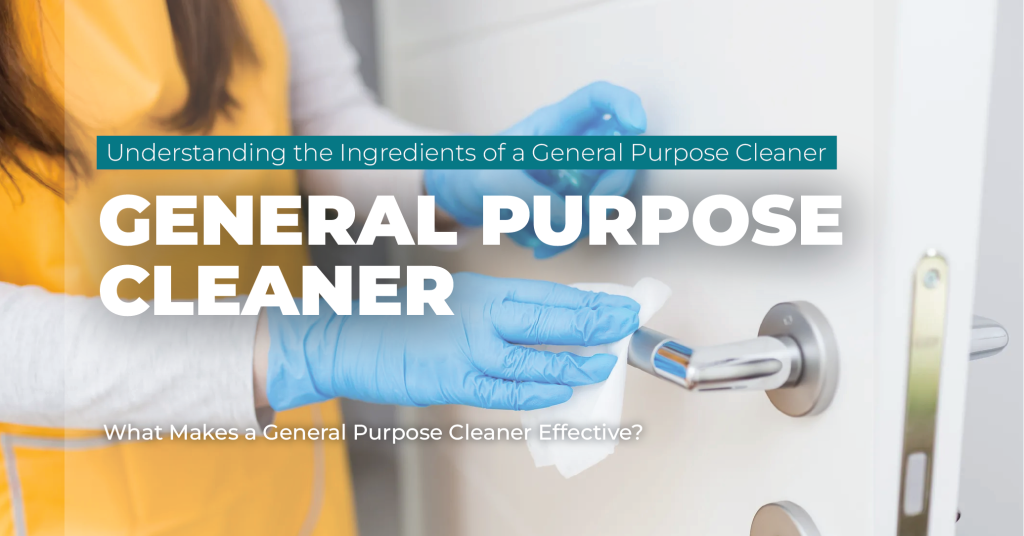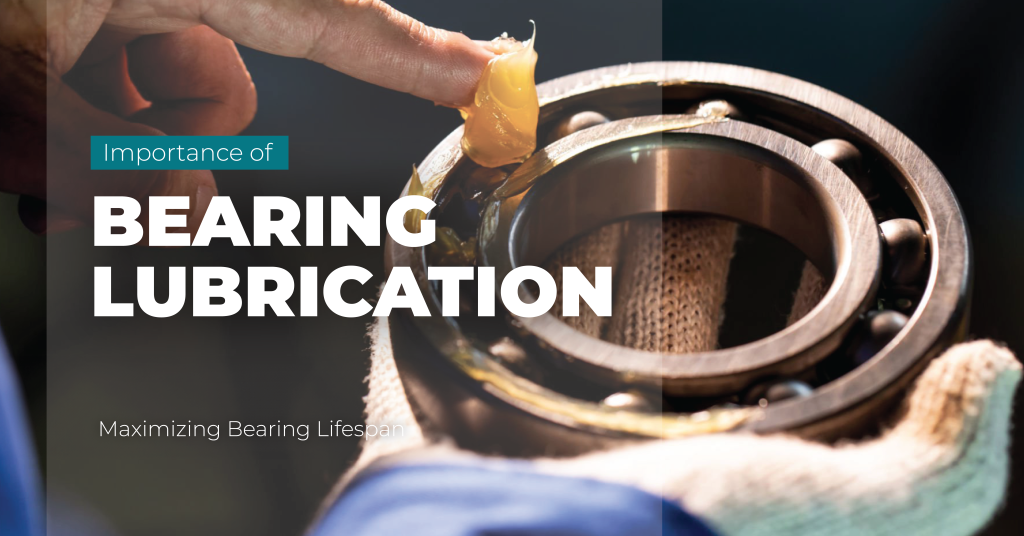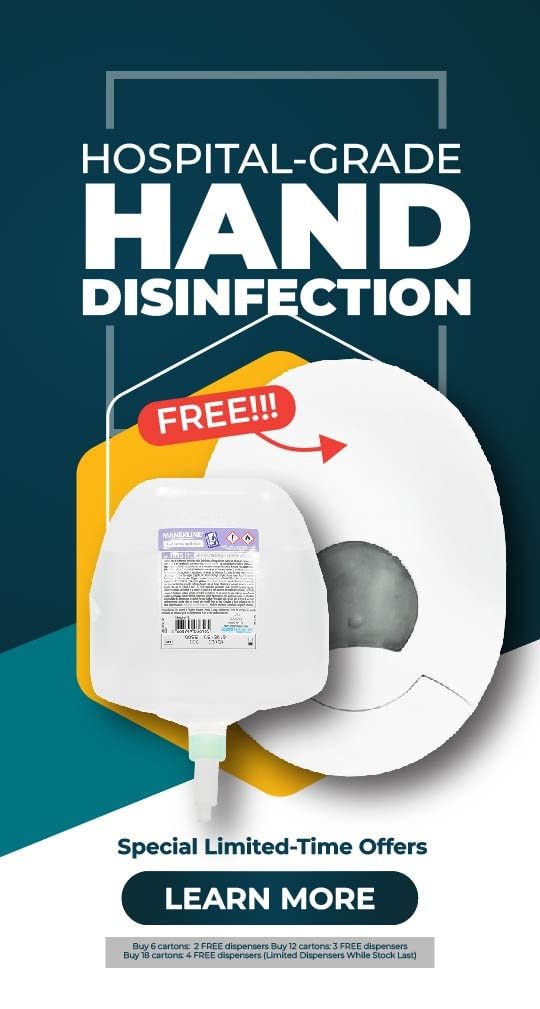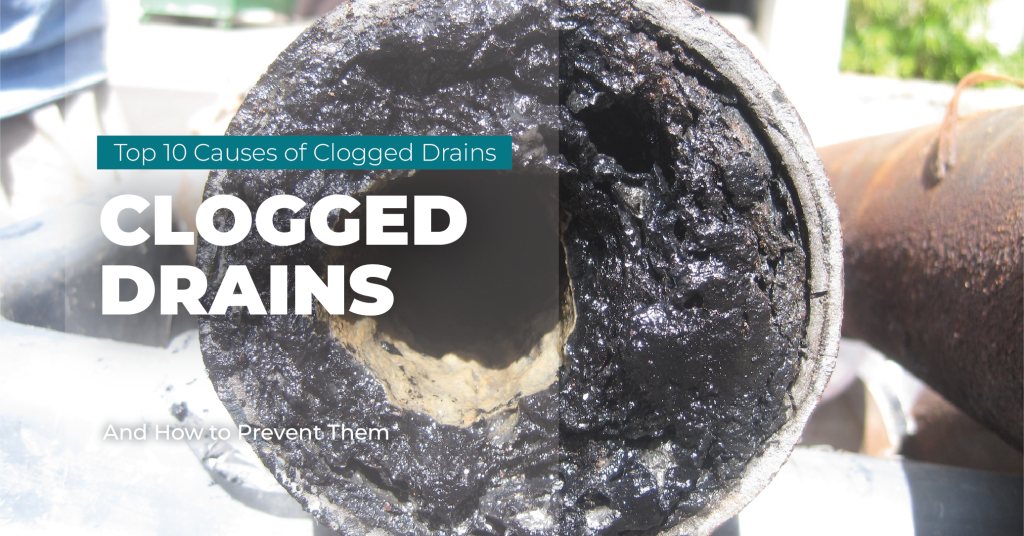
Top 10 Causes of Clogged Drains & How To Prevent Them
Commercial drains may experience blockages due to various factors, presenting a host of challenges. Clogged drains lead to both minor and serious consequences: foul odours, environmental hazards, mould growth, and structural damage. This article explores the main causes of drain blockages in commercial facilities and outlines the typical techniques used for their clearance. What Are Enzyme Cleaners and When to Use ThemWhat Are Grease Traps for Commercial Kitchens and How to Clean ThemFood Processing Wastewater Management 1. Accumulation Overtime Drains

